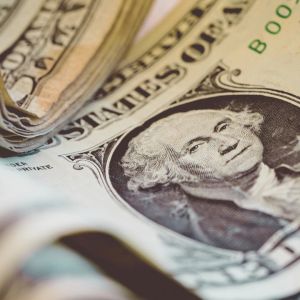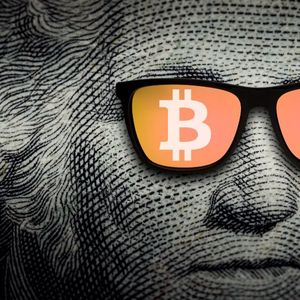Goldman Sachs says investors are returning to normal dollar holdings, not abandoning them
3 min read
Goldman Sachs President John Waldron says the recent dip in investors’ U.S. dollar holdings is a move back to normal levels, not a mass exit from American assets. In an interview with Reuters , he called the change “lightening up,” adding that investors are trimming only the extra dollars they piled on earlier. Financial markets have swung widely since April 2, when President Donald Trump announced fresh tariffs on several trading partners. The “ Liberation Day ” caused a quick pullback from U.S. assets. The White House has since struck deals that eased some tension, but the early shock left its mark. Before the tariff move, many clients were betting heavily that the United States would outpace the rest of the world. “Everybody, for the most part, had some expression of overweight U.S.,” Waldron said. He noted that a number of investors held 10%, 20%, even 30% more dollars than usual. After April 2, those same clients rebalanced their portfolios, mainly through currency trades. “The lightning we’ve seen is more the excess coming out, not a wholesale run for the gates,” Waldron explained. He added that investors have not yet decided that faster‑changing U.S. policy means they must cut holdings further. “Is there a sense that the volatility of U.S. policymaking is higher, and therefore we should be reducing our holdings? We haven’t seen that yet,” he said. Waldron, aged 55, joined Goldman’s board of directors earlier this year. The post came only weeks after he received a retention bonus, a sign he could one day succeed Chief Executive David Solomon. Market mood improved after a recent agreement in the U.S.–China trade fight. Stocks staged a relief rally, and the dollar climbed. Both the S&P 500 and the Nasdaq have erased the ground they lost since April 2. “The market is, I’d call it relatively benign in the context of what was going on,” Waldron said. Goldman Sachs says demand for Chinese stocks and bonds remains firm Waldron stressed that American financial firms can still work in China even as the two governments have disagreements. “I wouldn’t overstate the challenges between the two governments in terms of our ability to operate,” he said. “We can operate. The American firms are operating.” Companies, meanwhile, are studying how higher tariffs affect costs. “How much of this are we going to pass through on price? How much of this are we going to push back on our suppliers? Who’s going to bear the brunt of these tariffs? And the answer is it will be shared,” Waldron observed. The tariff problem has also slowed mergers and acquisitions. “If you were working on an M&A transaction, you were getting started on it or you were getting into it, you’re probably pausing it,” Waldron said. Yet deals that are almost finished may still close. “If you were at the five‑yard line and you were getting close to announcing it and it’s not overly impacted by tariffs, you’re probably going to go ahead and do it, and we’ve seen both,” he explained. Goldman Sachs is advising Hong Kong conglomerate CK Hutchison on selling most of its $22.8 billion ports business to U.S. firm BlackRock, sources said earlier. On a wider scale, the number of M&A contracts announced worldwide fell in April to the lowest level in more than 20 years, Dealogic data show. Your crypto news deserves attention – KEY Difference Wire puts you on 250+ top sites

Source: Cryptopolitan



